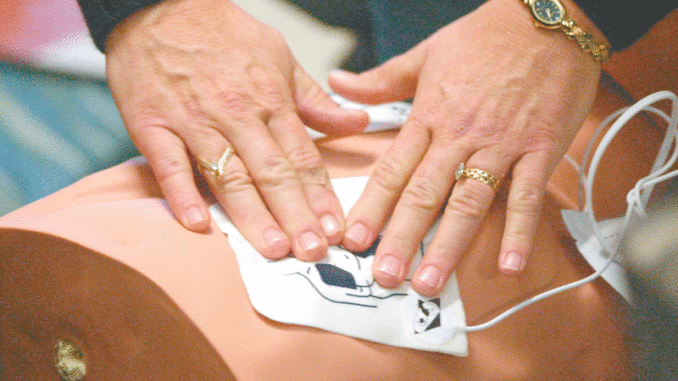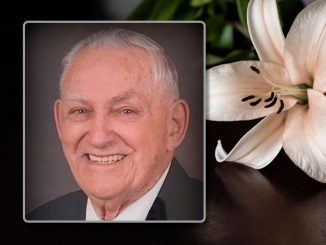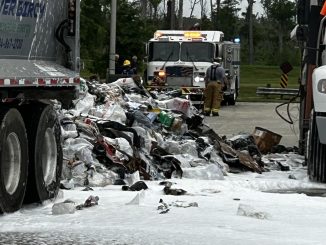
At least one state-of-the-art defibrillator in every school
The St. Charles Parish Public School System is going into battle with cardiac arrest with a stacked deck by becoming the first of its kind in the state to install automated external defibrillators in every school in the parish.
Not only does the school system have an AED in every one of its learning institutions, but it also has two in every middle and high school and several more in each of its offices. That gives the district 35 overall.
So far, 245 school employees have been trained to use the life-saving device. Each of those employees is a member of the district’s “safe school team,” which consists of administrators, teachers, counselors, nurses and custodians that respond to emergencies at their respective schools.
“The safe school teams are required to come here and learn because they are the ones that would be responding to CPR, first aid or any other emergency situation,” Nurse Coordinator Darla Rebowe said. “This crisis response team, if there is an emergency on campus, is already put in place to handle the jobs that they’ve been taught to do.”
According to the American Red Cross, more than 200,000 Americans die of sudden cardiac arrest each year. Of that total, up to 50,000 of those deaths could have been prevented if an AED had been available for immediate use at the time of the emergency.
In fact, it was the death of a Texas high school football player that led to the school system’s extensive use of AEDs.
“Members of the school board went to a conference in Texas where they learned that the life of a high school football player may have been saved if the school had an AED,” Rebowe said. “I’m proud that our school board was first in coming to me and saying ‘we really want this on board. Let’s get it done,'”
The AEDs, which cost $1,800 a piece, are portable electronic devices that automatically diagnose the potentially life threatening cardiac arrhythmias of ventricular fibrillation and ventricular tachycardia in a patient and treat them with defibrillation. That application of electrical therapy stops the arrhythmia and allows the heart to re-establish an effective rhythm.
Though it sounds difficult to administer, the AEDs are actually easy to use. The type that the school district uses automatically analyzes the heart rhythm and determines if a shock is needed. It also speaks to the user and gives the direct instructions of what they should be doing and what they need to do next.
“When we were researching AEDs, we found that there were two reason people don’t use them,” Rebowe said. “One is that they are intimidated by them and two is that they don’t like to press the button that actually delivers the shock.
We found one that automatically analyzes the heart rhythm and delivers the shock itself. No matter how scared they are, the machine is going to do the work for them.”
Rebowe also says that the machine can come in handy even if someone is in the middle stages of a heart attack because the AED can be kept on the person, monitoring the heart until an ambulance arrives. The machine also instructs users when to start CPR.
“You don’t ever want to lose a child on your watch,” Rebowe said. “We’re not going to wait for the state to say ‘now you have to put these in place.’ We want to be proactive and do everything we can to make sure our kids are safe.”




Be the first to comment